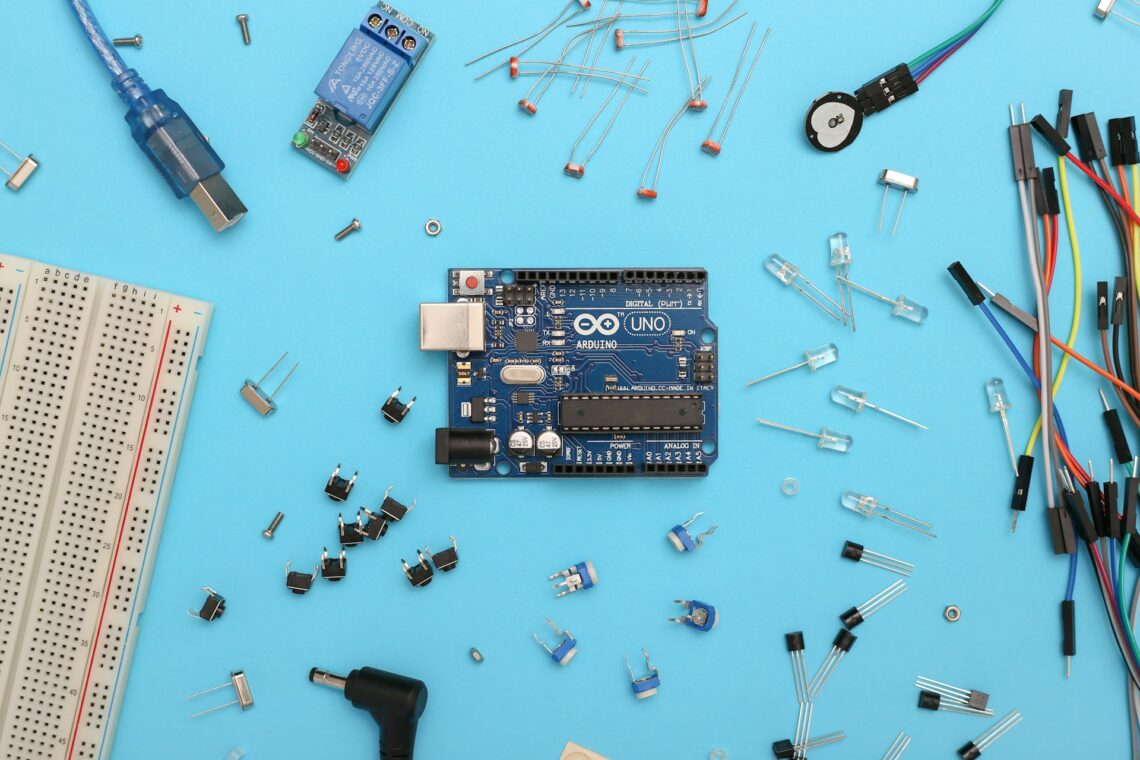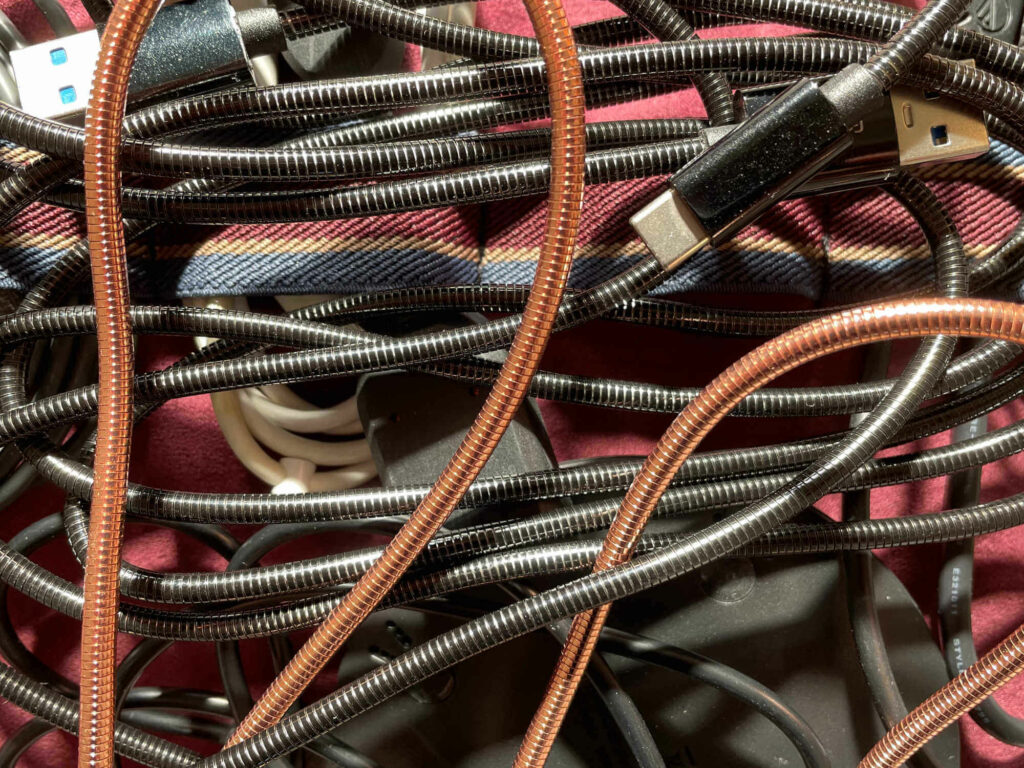
The Devastating Impact of E-Waste: How You Can Help Reduce It
In the UK, our love affair with technology is causing a crisis that’s becoming impossible to ignore. The longer we keep ignoring the UK’s addiction to technology the worse this problem will become.
Electronic waste, or e-waste, is piling up faster than we can deal with it, and the impact on our environment is devastating.
From old smartphones to discarded kitchen appliances, e-waste is a growing problem that needs urgent attention.
Why E-Waste Is So Damaging to the Environment
E-waste is harmful for several reasons, starting with the materials used to make electronic devices. Most gadgets contain toxic substances like lead, mercury, and cadmium, which can leach into the soil and water if not disposed of properly. When these chemicals enter our ecosystem, they pose serious risks to both human health and wildlife.
Moreover, the production and disposal of electronic devices contribute significantly to carbon emissions. Manufacturing new electronics requires mining raw materials, a process that consumes vast amounts of energy and leads to deforestation and habitat destruction. Additionally, when e-waste is improperly burned, it releases harmful gases into the atmosphere, further exacerbating climate change.
The scale of the e-waste problem is staggering. According to the Global E-waste Monitor 2020, the world generated 53.6 million metric tonnes of e-waste in 2019, and this figure is projected to reach 74 million tonnes by 2030.
The UK alone produced 1.6 million tonnes of e-waste in 2019, making it one of the largest producers in Europe. Alarmingly, only 17.4% of global e-waste is officially documented as properly collected and recycled. This means that millions of tonnes of hazardous waste are ending up in landfills or being shipped illegally to developing countries, where they are often dismantled under dangerous conditions.
What Counts as E-Waste?
E-waste isn’t just limited to obvious items like old computers and mobile phones. It encompasses a wide range of electronic products, many of which we might not even consider as waste.
Mobile phones and tablets are among the most common items of e-waste, with millions being discarded every year as people upgrade to newer models. Computers and laptops including accessories like keyboards, mice, and monitors are also a significant part of the UK’s e-waste production.
Unfortunately the everyday household also contributes to this problem with televisions, toasters, kettles, microwaves, and even washing machines adding to this problem.
One thing many people forget is that even small gadgets and toys add to this total. Anything with a circuit board or battery, such as electronic toys, remote controls, and fitness trackers count as e-waste
From this, by no means exhaustive list, it’s easy to see how this problem can spiral out of control if we don’t take action.

How We Can All Work to Reduce E-Waste
Reducing e-waste starts with making smarter choices about how we use and dispose of our electronics.
The easiest place to start is to think before you upgrade. Do you really need the latest model, or can your current device be repaired or upgraded? By extending the life of your gadgets, you can reduce the demand for new products and the waste they eventually produce. This is something to champion at work and at home to make a big impact.
Where you do need to upgrade consider purchasing used or refurbished devices which can be just as good as buying new, and it’s better for the environment. Look for reputable sellers who offer warranties on refurbished goods to make sure you’re not caught out buying second hand.
When you do need to buy new electronics, invest in high-quality items that are built to last. Cheaper products often have shorter lifespans and contribute more to e-waste. While the cheaper version might be tempting, we’ve all heard the adage “buy cheap and buy twice”.
These are all good for when you’re looking to buy something new. But what should you do when your devices are no longer needed? If your devices are still in good working order, consider donating them to charity or selling them. Many organisations in the UK accept used electronics and refurbish them for reuse. If the item doesn’t work anymore, then it’s important to properly recycle them.
How to Responsibly Recycle Electronics
Luckily, over recent years there’s been a big push for local authorities and retailers to start reducing e-waste and implementing closed systems when manufacturers are responsible for the products they create.
Most local councils have designated recycling points where you can drop off electronic items. These facilities ensure that e-waste is handled safely and that valuable materials are recovered and reused.
Some retailers offer take-back schemes where you can return old electronics for recycling when you purchase a new product. This is often the case with mobile phones, laptops, and large appliances. Curry’s is one of the best ones for this scheme we’ve found where they take electronics that you didn’t purchase for them and occasionally offer money back or vouchers for recycling with them.
If neither of these options are available to you then we recommend searching for specialist recycling companies for your devices. These can often arrange to collect items from your home, making it easier to dispose of e-waste responsibly. The most common specialist recycling company’s are for computers and devices where data destruction is built into the recycling process itself.
Our Guiding Principle
When it comes to e-waste, our policy of reduce, reuse and recycle applies as much as possible. It starts with thinking do we even need that and at the point of purchases thinking, how could we recycle this if we had to?
It’s all about keeping the impact of electronic waste at the front of our mind so we can try and reduce the amount of waste we’re responsible for.





